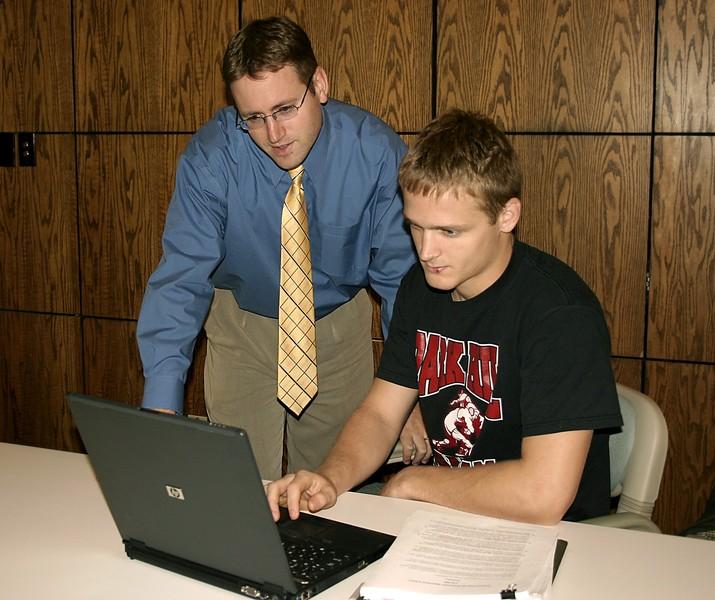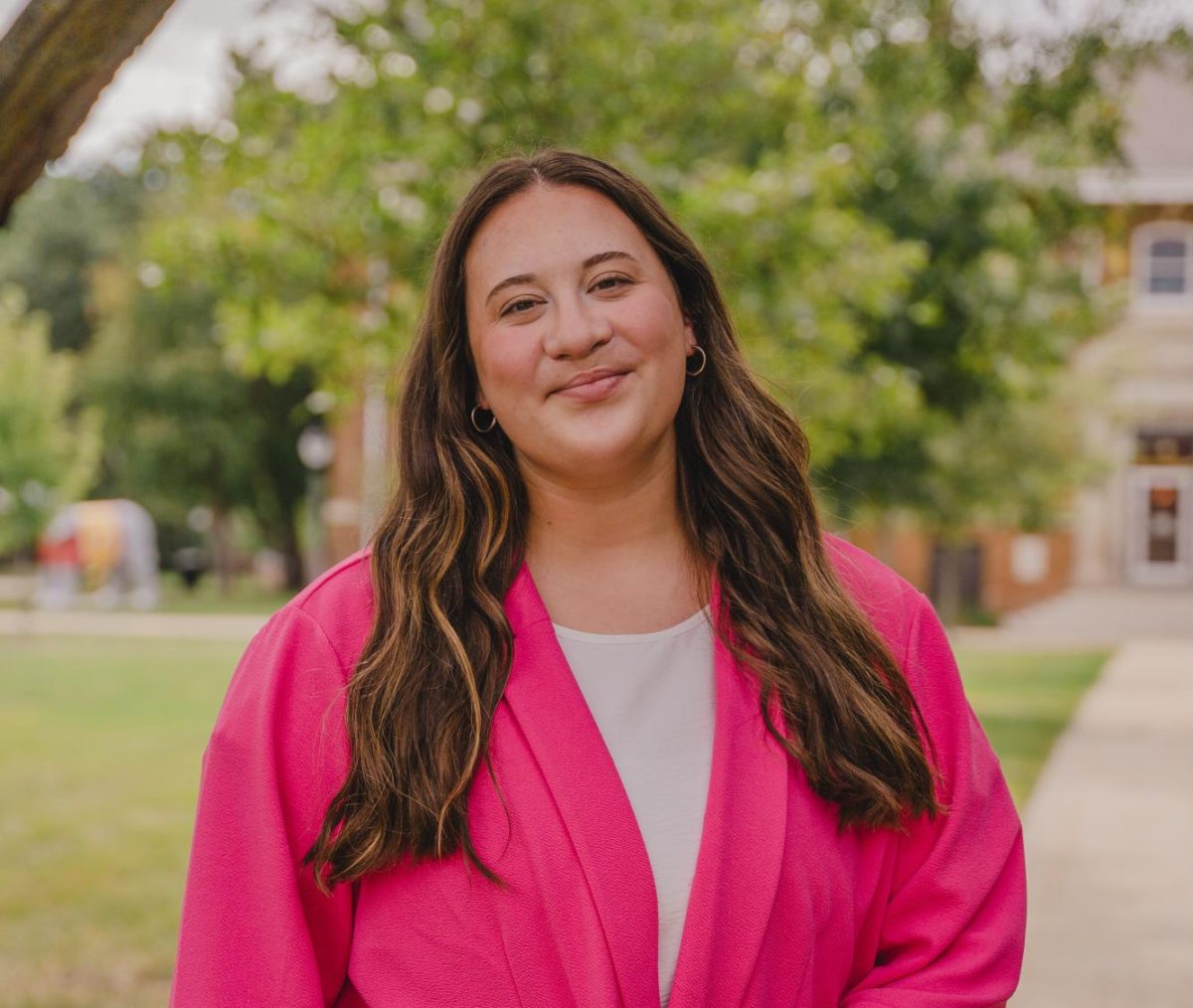Simpson students and faculty surveyed on political attitudes
November 2, 2006
A survey about political attitudes conducted by students of a political science May Term 2006 course could provide perception into the upcoming Nov. 7 election.
“The main insight is the voting turnout rates for Simpson students are pretty high, especially among students,” said Kedron Bardwell, assistant professor of political science. “They’re much higher than what we usually see for this age group of 18- to 24-year-olds.
Though many students voted in the 2004 elections, this year could be different.
“Turnout sometimes drops off in midterm elections,” Bardwell said. “I hope turnout will be high based on Simpson student turnout in the 2004 election.”
The survey on political attitudes covered a wide range of questions such as the war in Iraq, religious beliefs, economic status and current “hot bed” issues.
“The genesis of this survey was to combine a May Term course with some experiential learning,” Bardwell said. “There have always been these questions from students and faculty on what other students and faculty think about politics. We make assumptions, but we don’t really know.”
The target population for the survey included 1,221 students and 86 full-time faculty members. The surveys were distributed during classes and a majority collected by the surveyors on the spot. Students traveling abroad for May Term received the survey through e-mail, and faculty members currently abroad had surveys put in office mailboxes.
The survey was conducted May 11-19, and responses from students and faculty off-campus were accepted until June 16. Eight hundred one students (65.6 percent) and 61 faculty members (70.9 percent) returned the surveys.
Bardwell’s survey found that many Simpson students (43.9 percent) tended to be moderate, while most faculty members (45.9 percent) considered themselves liberal.
“Based on impressions from faculty when I first came here, I thought most students would be conservative,” Bardwell said. “Most are moderate. If there’s a lean, it’s a lean slightly left. I think the assumption was that because most Simpson students are from small towns that they will be conservative.”
Only 17.2 percent of students aligned themselves with conservatives, while 28 percent of students said they were liberal. A mere 13.1 percent of the faculty who responded to the survey said they considered themselves to be conservative.
“We have a pretty liberal campus, especially with faculty,” said sophomore Ben Hektoen, one of the students who conducted the survey. “There’s only a handful of Republicans on campus. That was expected, but I didn’t think the results would be that extreme.”
In regards to actual party affiliation, 29.5 percent of students affliated with the Democratic party while 24.6 percent were Republican affiliated. The remaining 45.5 percent said they were independent and leaned Republican, independent with no leaning or independent and leaning Democratic. A majority of the faculty (54.1 percent) said they were Democratic while 16.4 said they were Republican. The remaining 29.6 percent classified themselves as independent.
“Faculty are solidly in the Democratic realm, and students are up for grabs in terms of party affiliation,” Bardwell said. “This is consistent with data for the country. Students are more likely to be independent. It’s not a surprise.”
Faculty and students held differing views on how well-informed they are about current politics and issues. Only 32.8 percent of faculty members said they were fairly-informed, another 32.8 percent said they were well-informed and still another 32.8 percent answered they were very well-informed when it came to political issues. While a majority of students (51.2 percent) said they were fairly-informed.
The students and faculty differ slighly in opinion on the effectiveness of the different parties in running the economy. More than one-fifth of the faculty members (21.3 percent) said that both Republicans and Democrats do an “equally poor job,” while 22.2 percent of students said both parties did an “equally well job.”
On current and “hot topic issues,” only 8.2 percent of the faculty felt that Republicans did a better job on education compared to 13.1 percent of students.
Nearly all of the faculty members (98.4 percent) said they voted in the 2004 election. A little more than one-fifth (21.3 percent) voted for George W. Bush while 63.9 percent voted for John Kerry. The remaining either voted for Ralph Nader or another candidate.
More than two-thirds of the students (67.5 percent) voted in the 2004 election. Nearly the same number voted for Kerry (34.2 percent) as for Bush (31.6 percent).
Bardwell plans to survey faculty members and students again during the next presidential election.
“(We) will conduct this survey again in two years, right in the middle of the 2008 election and see if the results are a little different.”
The full results from the survey can be found online at the link below.





